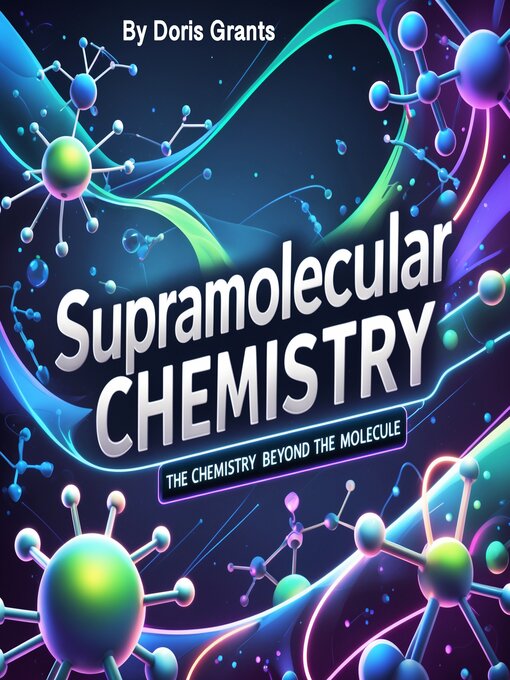This audiobook is narrated by a digital voice.
Supramolecular chemistry is a fascinating branch of chemistry that focuses on the study of non-covalent interactions between molecules. Unlike traditional chemistry, which revolves around the formation of covalent bonds between atoms, supramolecular chemistry investigates how molecules interact with each other through weaker forces such as hydrogen bonds, van der Waals forces, ionic interactions, and π-π stacking. This field offers a deeper understanding of how molecules can form complex assemblies and structures without the need for direct chemical bonding.
The concept of supramolecular chemistry was first introduced by Jean-Marie Lehn, Donald J. Cram, and Charles J. Pedersen, who were awarded the Nobel Prize in Chemistry in 1987 for their pioneering work. They developed the concept of molecular recognition, where specific molecules can "recognize" and bind to each other, much like a lock and key. This phenomenon has opened up a wide array of possibilities for creating new materials, sensors, and even systems that mimic biological processes.
Supramolecular chemistry is not only about the study of individual interactions between molecules but also about understanding how these interactions can lead to the self-assembly of complex structures. These structures can range from simple aggregates to large, intricate molecular machines and materials. The ability of molecules to self-organize into functional systems is one of the most remarkable aspects of supramolecular chemistry, and it has led to numerous applications in fields such as nanotechnology, drug delivery, and materials science.
